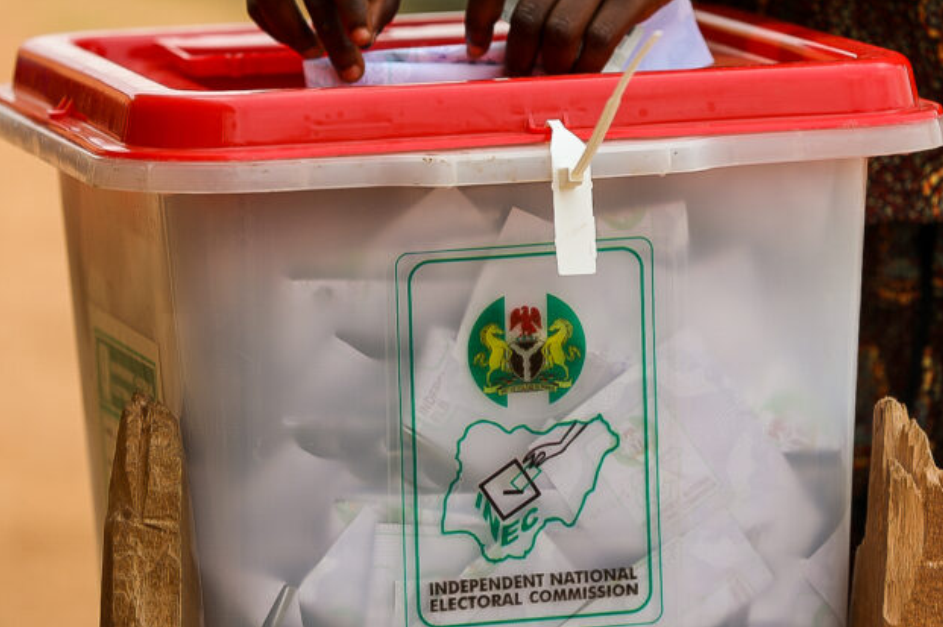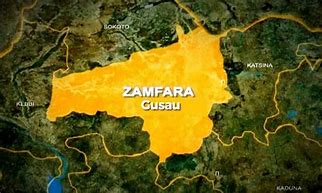
By Adeyemi Adekunle
The Independent National Electoral Commission (INEC) has shed light on the technical error that disrupted the uploading of presidential election results to its INEC Result Viewing (IREV) platform during the 2023 general elections. This explanation is part of the commission’s stakeholder engagements and retreats report, conducted from July 11 to August 5, 2023, to assess and evaluate the election’s conduct.
During the engagements, attended by leaders of registered political parties, civil society organizations, Resident Electoral Commissioners, administrative secretaries, security agencies, and media executives, stakeholders repeatedly sought an explanation for the technical issues. INEC’s technical experts detailed the glitch that impaired the upload process for the presidential results while Senate and House of Representatives results uploaded without complications.
The report explained that as polling units concluded voting on February 25, 2023, and presiding officers attempted to upload results to the IREV platform, internal server errors emerged for presidential results. These errors, which indicate application-level issues, resulted from the inability of the system to map and organize presidential election results within the database structure. Unlike the Senate and House of Representatives elections, which are state-specific and mapped accordingly, the presidential election involves a single nationwide constituency.
This disparity posed a unique challenge for the backend system, preventing it from creating the folder structure required to store and manage the uploaded presidential results. Consequently, attempts to upload the results generated “HTTP server error” responses.
In response, INEC initiated immediate troubleshooting measures, engaging field officials to identify the scale and origin of the problem. The commission discovered that while the database structure could efficiently process senatorial and federal constituency results due to their mappings to specific states, the singular nature of the presidential constituency created configuration conflicts.
To address the issue, the commission’s technical team deployed “hotfixes,” software updates that target specific system bugs or vulnerabilities. These updates resolved the mapping error, enabling the first successful upload of a presidential election result at 8:55 p.m. on February 25, 2023. Despite resolving the core issue, the system faced a backlog of queued uploads from presiding officers who had attempted to submit results during the downtime. This high volume of simultaneous uploads caused the platform to slow, as it struggled to process the unexpected surge in traffic.
Additionally, many presiding officers had switched off their BVAS (Bimodal Voter Accreditation System) devices or moved out of internet coverage zones after concluding their work at polling units. These devices, crucial for syncing offline results to the IREV platform, could not reconnect to upload pending results until powered on and connected to the internet.
INEC acknowledged that these challenges could have been mitigated had the commission conducted election-specific simulations during its pre-election mock exercise on February 4, 2023. Although the mock exercise was successful as a general test of the transmission system, it did not account for the unique characteristics of presidential election data, leaving the mapping issue undetected before election day.
In its report, the commission emphasized the importance of time in deploying election technology. Adequate time for development, testing, and refining the system is crucial for ensuring its reliability during critical moments. INEC stated that future mock exercises would be tailored to address election-specific scenarios, allowing potential system vulnerabilities to surface and be corrected before real-time deployment.
Despite the setbacks, INEC noted that the introduction of the IREV platform was pivotal in enhancing transparency in Nigeria’s electoral process. The ability for the public to view polling unit results directly on the platform curtailed opportunities for result manipulation between polling units and collation centers. The Collation Support and Result Verification System (CSRVS), which assists in streamlining the collation process, further contributed to the improved management of election results.
INEC’s report also highlighted the role of robust cybersecurity measures in protecting the IREV platform against potential attacks. During the troubleshooting process, the commission enforced strict security protocols to prevent unauthorized access to the system, ensuring its integrity even amidst technical challenges.
The findings have been presented to the Senate and House of Representatives Committees on Electoral Matters as part of INEC’s ongoing effort to enhance electoral credibility. By addressing the root causes of the technical glitches and refining its processes, the commission seeks to rebuild public confidence in its ability to conduct seamless elections.
INEC’s comprehensive review of the 2023 general elections underscores its commitment to improving Nigeria’s electoral landscape. The commission’s openness in sharing the lessons learned and the steps being taken to address them reflects a dedication to upholding the principles of transparency and accountability. As preparations begin for future elections, stakeholders and citizens alike will be watching closely to see how these lessons translate into action.
The 2023 experience serves as a pivotal moment for electoral reforms in Nigeria. While technical errors temporarily marred the process, INEC’s swift intervention and subsequent review process demonstrate a commitment to leveraging technology for credible elections. The commission’s willingness to learn from setbacks and strengthen its systems signals a hopeful outlook for future electoral cycles.
INEC has reiterated its assurance to Nigerians that future elections will build on the successes and lessons of 2023. By addressing the shortcomings identified in the recent polls and implementing robust measures to enhance technological reliability.




